The Untold Story Of Wisconsin Voices' Rebrand
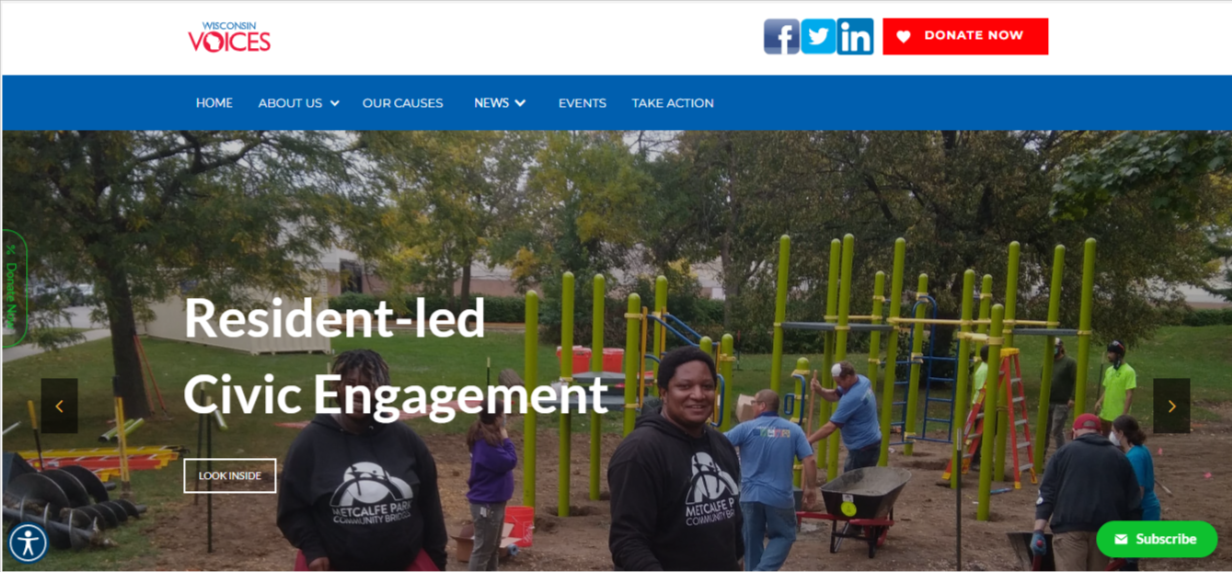
Why Brand Strategy Fails When Organizations Go Off-Brand
Wisconsin Voices hired me to restore their brand reputation.
What I discovered: The executive directors had hijacked the brand. They misled partners to secure grants—grants that never reached the intended recipients. They presented themselves as caregivers publicly while holding racist meetings internally. When COVID hit, they fired everyone. The fired employees published an article accusing the organization of union-busting.
The brand wasn't just damaged. It was fraudulent.
I've seen this pattern before. At Navistar when the company nearly died. At USAID where bureaucrats hijacked mission. Now playing out with PBS, CNN, and MSNBC as their brand credibility collapses.
The problem everyone misses: They treat this as a brand strategy challenge when it's actually a rebranding strategy problem.
That distinction matters more than you think. It's why most organizational comebacks fail.
Here's what I learned restoring Wisconsin Voices—and why your understanding of branding is probably one-dimensional when human communication requires three.
The Discovery: When Approval Masks Hide Fraud
Wisconsin Voices' original mission was clear: advocating for issues affecting quality of life in Wisconsin's capital.
Simple. Authentic. Needed.
But somewhere along the way, the organization went off-brand. Not gradually. Intentionally.
What The Public Saw:
A nonprofit caregiver organization championing civic engagement, advocating for voting rights, partnering with community organizations to improve lives.
What Actually Happened Behind The Scenes:
Executive directors misled partners to secure grants. Some grantees never received funding. Internal meetings revealed patterns of racism that contradicted the public messaging. The organization presented one face to funders and another to the communities they claimed to serve.
This is brand hijacking.
Not by external competitors. By internal actors who pulled the organization off its authentic mission to chase approval, funding, and power.
When COVID provided cover, they fired everyone. The terminated employees went public, publishing accusations of union-busting and organizational misconduct.
Partners who had worked with Wisconsin Voices for years said the same thing: "We don't know what Wisconsin Voices does anymore."
That's the symptom of brand hijacking. When your closest allies can't articulate your mission, you've lost your authentic identity.
Brand Strategy vs Rebranding Strategy: The Distinction Most Professionals Miss
Here's what most brand strategists don't understand: Brand strategy and rebranding strategy are fundamentally different processes.
Brand strategy works when you're building a new identity from scratch. You're creating an archetype, establishing positioning, crafting messaging for a clean slate.
Rebranding strategy operates in damaged territory. You're not creating—you're restoring. You're not positioning—you're repositioning after hijacking. You're not building trust—you're rebuilding it after betrayal.
The Critical Difference:
Brand strategy is one-dimensional. It focuses on external perception: How do we want to be seen?
Rebranding strategy is three-dimensional. It addresses the full complexity of human communication:
Dimension 1: Emotional External - What do people feel about us?
Dimension 2: Emotional Internal - What do people think about us privately?
Dimension 3: Intellectual/Spiritual - What values and beliefs do people associate with us?
Most brand strategists only address Dimension 1. They redesign logos, refresh messaging, launch new campaigns—all focused on external perception.
That's why rebrands fail.
Because when an organization has been hijacked off-brand, all three dimensions are corrupted:
- Externally: People feel betrayed, confused, or apathetic
- Internally: People think you're fraudulent, untrustworthy, or irrelevant
- Spiritually: People believe you've abandoned your core values
You can't fix that with a new logo.
What Rebranding Strategy Requires That Brand Strategy Doesn't:
- Stigma Assessment - What damage has been done? What's the current sentiment about the mission and values?
- Hijacking Diagnosis - Who pulled the brand off-course? Why? What approval mask were they wearing?
- Integrity Restoration - How do we acknowledge wrongs, establish boundaries, and return to authentic mission?
- Three-Dimensional Rebuilding - How do we address feelings, thoughts, and values simultaneously?
- Resistance Management - Who benefits from the off-brand version? Who will resist authentic restoration?
Brand strategy creates identity. Rebranding strategy restores it after hijacking.
Wisconsin Voices didn't need a new brand. They needed to reclaim the one they'd abandoned.
The Nonprofit Stigma: An Industry Built On Broken Trust
Wisconsin Voices faced a challenge bigger than their specific damage: the entire nonprofit sector carries built-in stigma.
The industry is notorious for:
- Lack of transparency about grant spending
- Low return on investment for donors
- Mission drift in pursuit of funding
- Overhead costs that consume resources meant for communities
When partners said "we don't know what Wisconsin Voices does," they weren't just describing Wisconsin Voices. They were describing their experience with most nonprofit civic engagement organizations.
Wisconsin Voices had been lumped into an already-damaged category.
This is the rebranding strategist's nightmare: You're not just overcoming your organization's specific failures. You're fighting the stigma of your entire sector.
The LGBTQ Rebranding Lesson:
The LGBTQ movement started in the 1970s to change their image and gain social acceptance. For decades, the rebranding worked—shifting public perception, securing legal rights, building broad coalition support.
Then it went too far. The rebranding overcorrected. What began as "acceptance" became "enforcement." What started as "equality" became "superiority."
That's why "woke" failed as a brand.
Not because the original mission was wrong. Because the rebranding pushed past authentic values into approval-seeking territory that alienated even supporters.
Lesson: Rebranding must return you to authentic mission—not chase a new approval mask.
Wisconsin Voices faced the inverse problem: They had abandoned authentic mission to wear an approval mask. Now they needed to remove it and return to integrity.
The Recovery Framework: Acknowledging Wrongs Before Moving Forward
I learned rebranding strategy from an unexpected source: addiction recovery.
Twenty years of drug addiction taught me what it takes to rebuild identity after hijacking—because addiction is the ultimate brand hijacking. You wear a mask to gain approval, lose yourself in the process, and destroy trust with everyone around you.
Recovery requires brutal honesty before restoration:
Step 1: Acknowledge who we were (our authentic identity before hijacking)
Step 2: Acknowledge our wrongs (the damage done while off-brand)
Step 3: Make amends (restore relationships broken by betrayal)
Step 4: Return to authentic values (remove approval mask, defend boundaries)
This is the recovery framework. It works for individuals. It works for organizations.
I applied it to Wisconsin Voices.
The Stage Transition:
Old Stage: Off-brand organization wearing people-pleasing mask, internally dishonest, partners confused about mission, grantees defrauded, employees fired, public accusations of misconduct.
Framework I Created: Recovery-based rebranding—acknowledge who we were, acknowledge wrongs, stop the negativity, restore authentic mission, heighten awareness through digital strategy.
New Stage: On-brand organization with executive directors as public face, transparent operations, restored partner trust, national recognition from U.S. State Department, collaboration with Jesse Jackson and major civic organizations.
This is what rebranding strategy does: It guides organizations through stage transitions after hijacking.
Widget Warfare Applied to Nonprofits: Focus On What You Have Left
At Navistar, we learned widget warfare: When your competitor needs the same resources you do, buy every single one. Starve them. Win.
Widget warfare saved Navistar. But how does it apply to nonprofits after brand hijacking?
Different battlefield. Same principle.
Wisconsin Voices had lost:
- Executive credibility
- Partner trust
- Employee loyalty
- Public reputation
- Competitor advantage (fired employees went to rival nonprofit, partners followed)
We didn't focus on what we lost. We focused on what we had left:
- The partners who stayed - Even the ones who were harmed
- The authentic mission - Still relevant, still needed
- Digital platforms - YouTube, Facebook Live, video—unused resources
- Year-end results - Actual community impact despite organizational dysfunction
The widget warfare play: We weaponized what remained.
The Execution:
I organized a year-end results presentation. We invited every partner—including the ones who had been harmed by the grant fraud.
We let them have their say. All of it. The good, the bad, the damage.
Then we videoed it. Individual reviews. Partner testimonials. Community impact documentation.
We put it on YouTube.
This was revolutionary for Wisconsin Voices. They were advocates for voting rights but had never used YouTube—the platform that would define the 2024 election when Trump won by dominating digital media and podcasting.
We weren't just documenting impact. We were creating a digital resource library that proved authenticity.
Competitors could claim partnership. We could show it. On video. With partners speaking directly.
That's widget warfare in nonprofit rebranding: Control the narrative through transparent documentation.
The Three-Dimensional Rebuild: Addressing All Layers Of Trust
Most brand strategists would have stopped at external messaging: new website, refreshed visuals, updated mission statement.
That addresses one dimension. We needed three.
Dimension 1: Emotional External (What People Feel)
The Feeling: Betrayed, confused, skeptical
The Intervention:
- Made executive directors the new public face of the brand
- Moved them out of the office and into community visibility
- Created Facebook Live coverage of all major events
- Documented every partnership, every collaboration, every result
Message: "See us. Watch us work. Judge us by our actions, not our history."
Dimension 2: Emotional Internal (What People Think)
The Thought: "They're dishonest. They can't be trusted. They don't do what they claim."
The Intervention:
- Year-end results presentation with harmed partners included
- Individual video testimonials from community organizations
- Transparent documentation of where grant money went
- Public acknowledgment of past failures
Message: "We were off-brand. We acknowledge it. Here's proof we've changed."
Dimension 3: Intellectual/Spiritual (Values & Beliefs)
The Belief: "They abandoned their mission for money. They don't actually care about the communities they claim to serve."
The Intervention:
- Returned to original mission: advocating for quality of life in Wisconsin's capital
- Partnered with Operation Push and Jesse Jackson on Get Out The Vote
- Hosted U.S. State Department's IVLP South America delegation
- Became headquarters for Washington DC civic engagement planning
Message: "Our values are authentic. Watch who we partner with. Look at who trusts us now."
Three dimensions. Simultaneously rebuilt.
That's rebranding strategy. Not refreshing. Restoring.
The Results: When Authenticity Attracts National Recognition
The web relaunch was well-received. But the real validation came from who started calling.
U.S. State Department Invitation:

Wisconsin Voices was invited to host a delegation from the International Visitor Leadership Program (IVLP) focused on South American civic engagement.
Translation: The U.S. government trusted Wisconsin Voices to represent American civic engagement practices to international leaders.
You don't get that invitation if your brand integrity is questionable.
Operation Push + Jesse Jackson Partnership:
Wisconsin Voices collaborated with Jesse Jackson's organization on a Get Out The Vote campaign.
Translation: One of the most respected names in American civil rights partnered with an organization that had been accused of racism two years earlier.
That's proof of restored credibility.
Washington DC Group Headquarters:
A Washington DC-based civic engagement organization chose Wisconsin Voices' location as their planning headquarters.
Translation: National organizations trusted the infrastructure, partnerships, and reputation enough to build their own operations around it.
Facebook Live Coverage:
Every major event documented. Every partnership visible. Every result transparent.
Translation: Digital presence that proved authenticity at scale—using platforms Wisconsin Voices had ignored for years.
These results happened because we didn't just rebrand the logo. We restored the integrity.
The Resistance: When Getting Back On-Brand Pisses People Off
Here's what rebranding strategists know that brand strategists don't: Restoration creates enemies.
When you remove the approval mask and establish boundaries, the people who benefited from your off-brand phase get angry.
Resistance Point 1: Other Nonprofits
The Problem: We rebranded Wisconsin Voices but didn't publicly acknowledge every specific harm done to every organization.
Their Response: Anger. "You're moving forward without making complete amends."
The Reality: Some organizations wanted Wisconsin Voices to stay damaged. A weakened competitor benefits rivals.
The Decision: We acknowledged wrongs in the recovery framework. We didn't grovel indefinitely.
Boundaries = integrity.
Resistance Point 2: The Board
The Problem: Board members complained there wasn't enough emphasis on Milwaukee and the Afro-American community in the rebrand.
The Deeper Issue: Board-brand misalignment.
What Most Brand Strategists Miss: Internal stakeholders often have competing visions for what the organization should be. Board members may want a different mission than the authentic one.
This is why rebranding strategy addresses three dimensions:
- External (public perception)
- Internal (partner/community perception)
- Spiritual (board/stakeholder values alignment)
The Resolution: We clarified that Wisconsin Voices' mission was statewide quality-of-life advocacy—not Milwaukee-specific, not single-demographic focused.
Some board members left. That validated we were back on-brand. The wrong people filtering themselves out proves boundaries work.
The Pattern Carl Jung Identified:
When you remove your shadow (the approval mask worn for acceptance), people who benefited from your inauthenticity will resist.
They don't want you back on-brand. They want you off-brand and controllable.
Recovery wisdom: Their anger validates your integrity.
The Universal Pattern: PBS, CNN, MSNBC Face The Same Hijacking
Wisconsin Voices isn't unique. The same brand hijacking pattern is playing out across organizations at every scale.
PBS:
Original mission: Educational, nonpartisan public broadcasting.
Off-brand drift: Programming and coverage perceived as politically biased, mission questioned by donors and viewers.
Symptom: Audience confusion about what PBS stands for beyond "not commercial TV."
CNN:
Original mission: 24-hour news coverage, "The Most Trusted Name In News."
Off-brand drift: Perception shift from neutral news source to partisan commentary network.
Symptom: Credibility collapse, audience fragmentation, trust erosion.
MSNBC:
Original mission: News and analysis.
Off-brand drift: Full embrace of partisan positioning that alienated portions of original audience.
Symptom: Audience knows the politics, unclear on the journalism standards.
These are rebranding challenges, not brand strategy challenges.
They don't need new logos. They need to answer: "What approval mask are we wearing, and what did we lose about ourselves while wearing it?"
Rebranding Definition: Restoration After Hijacking
Let me define rebranding strategy clearly:
Rebranding is the strategic process of restoring organizational integrity after internal or external forces pull the brand off authentic mission.
It requires:
- Diagnosis of hijacking - Who pulled the brand off-course and why?
- Assessment of damage - What's the current sentiment across all three dimensions?
- Acknowledgment of wrongs - What harm was done while off-brand?
- Boundary enforcement - Who will resist authentic restoration?
- Three-dimensional rebuild - How do we address feelings, thoughts, and values?
- Widget warfare - What resources remain that we can weaponize?
- Stage transition - What framework guides the organization from old stage to new?
This is not:
- Logo redesign (that's visual identity refresh)
- Messaging update (that's brand strategy)
- Crisis PR (that's reputation management)
- Apology tour (that's damage control)
Rebranding strategy is organizational recovery.
It applies the same principles that work in addiction recovery: acknowledge who you were, acknowledge your wrongs, make amends where possible, return to authentic values, defend boundaries against those who want you to remain off-brand.
Why Rebranding Services Require Different Expertise
Most brand strategists fail at rebranding because they're trained in identity creation, not identity restoration.
They know how to build. They don't know how to rebuild.
Rebranding services require:
1. Shadow Work Understanding
The ability to diagnose what approval mask the organization is wearing and what authentic identity has been lost underneath.
Brand strategists don't learn this. Recovery teaches it.
2. Three-Dimensional Assessment
The tools to evaluate external feelings, internal thoughts, and spiritual values alignment—not just external perception.
Brand strategists focus on one dimension. Rebranding requires all three.
3. Resistance Management
The courage to enforce boundaries knowing that getting back on-brand will anger those who benefited from the off-brand version.
Brand strategists avoid conflict. Rebranding strategists expect it.
4. Widget Warfare Mentality
The strategic thinking to identify what resources remain and how to weaponize them for competitive advantage.
Brand strategists optimize what exists. Rebranding strategists fight with what's left.
5. Stage Transition Frameworks
The INTJ capacity to create frameworks that guide organizations from one developmental stage to another.
Brand strategists execute existing models. Rebranding strategists create new ones.
This is why I succeed at rebranding when traditional brand strategists fail.
I don't come from branding. I come from recovery.
The INTJ Role In Organizational Evolution
Carl Jung said INTJs play a specific role in humanity: We create the frameworks that allow stage transitions.
Wisconsin Voices needed a stage transition:
- From: Off-brand organization wearing approval mask, internally dishonest, externally distrusted
- To: On-brand organization with restored integrity, transparent operations, national recognition
The framework I created: Recovery-based rebranding using three-dimensional trust restoration and widget warfare execution.
That framework now applies to:
- PBS restoring journalistic credibility
- CNN reclaiming "Most Trusted Name In News"
- MSNBC clarifying journalism vs. commentary
- USAID returning to authentic development mission
- Any organization that's been hijacked off authentic brand
This is the INTJ evolutionary role: spotting the pattern, creating the framework, guiding the transition.
What Wisconsin Voices Teaches Every Organization
If your organization faces:
- Partner confusion about mission
- Internal values misalignment with external messaging
- Board resistance to authentic positioning
- Competitor advantage because you're off-brand
- Stakeholder demands to wear approval masks
- Trust erosion despite operational success
You don't need brand strategy. You need rebranding strategy.
The questions to ask:
- What approval mask are we wearing to gain acceptance?
- What authentic identity have we lost while wearing it?
- Who internally pulled us off-brand and why?
- What damage has been done across all three dimensions?
- Who will resist when we establish boundaries and return to integrity?
- What resources remain that we can weaponize for restoration?
- What stage transition are we attempting?
Wisconsin Voices answered those questions. Then they executed the recovery.
The U.S. State Department, Jesse Jackson, and national civic organizations validated the result.
Can your organization do the same?
The Recovery Framework For Organizations
I survived 20 years of drug addiction. Recovery taught me what organizational rebranding requires:
Step 1: Acknowledge who we were - What was our authentic mission before hijacking?
Step 2: Acknowledge our wrongs - What damage did we cause while off-brand?
Step 3: Stop the negativity - Remove the approval mask, establish boundaries, defend integrity.
Step 4: Restore visibility - Make authenticity visible through transparent documentation.
Step 5: Heighten awareness - Use platforms and partnerships that prove restored credibility.
This framework worked personally. It worked at Navistar. It worked for Wisconsin Voices.
It will work for any organization willing to face the brutal truth: You've been hijacked off-brand, and restoration requires removing the mask—even when people get angry.
Your Organization's Choice
Every organization facing brand damage has the same choice Wisconsin Voices faced:
Option A: Keep wearing the approval mask
- Maintain comfortable lies
- Avoid confronting hijacking
- Preserve relationships with those who benefit from your inauthenticity
- Accept slow death as partners, donors, and communities lose trust
Option B: Remove the mask and restore integrity
- Acknowledge who you were before hijacking
- Acknowledge the damage done while off-brand
- Establish boundaries that anger those who resist authentic mission
- Rebuild trust through transparent execution
- Return to the stage where authentic identity creates sustainable impact
Wisconsin Voices chose Option B.
The U.S. State Department invited them to represent American civic engagement.
Jesse Jackson partnered with them on voter mobilization.
National organizations used their location as strategic headquarters.
That's what integrity restoration creates.
Rebranding Services: What You Actually Need
If you're considering rebranding services, understand what you're actually buying:
Traditional brand strategy firms will give you:
- Visual identity refresh
- Messaging framework
- External perception management
- One-dimensional archetype positioning
That works for new brands. It fails for hijacked ones.
Rebranding strategy requires:
- Three-dimensional trust assessment (external feelings, internal thoughts, spiritual values)
- Shadow work diagnosis (what approval mask, what authentic loss)
- Recovery framework application (acknowledge, restore, defend)
- Widget warfare execution (weaponize remaining resources)
- Resistance management (expect anger when boundaries enforced)
- Stage transition guidance (framework for organizational evolution)
Wisconsin Voices got rebranding strategy. That's why it worked.
Most organizations get brand strategy applied to rebranding problems. That's why they fail.
The Fractional CMO/CTO Who Understands Rebranding
I don't just execute brand strategy. I guide organizational recovery after hijacking.
My credentials aren't traditional:
- 20 years addiction recovery (shadow work expertise)
- 25 years surviving Fortune 500 collapses (widget warfare execution)
- Brand strategy certification (three-dimensional framework)
- Carl Jung psychological framework (INTJ evolutionary role)
- Navistar turnaround survival (corporate recovery proof)
- Wisconsin Voices restoration (nonprofit rebranding proof)
I see patterns before they're obvious because I've lived them:
- Personally (addiction → recovery → integrity)
- Corporately (Navistar → widget warfare → survival)
- Organizationally (Wisconsin Voices → restoration → national recognition)
- Nationally (U.S. brand → hijacking → back on-brand repositioning)
If your organization has been hijacked off authentic mission, you need someone who understands recovery—not just marketing.
[Explore Fractional CMO/CTO Services →](link to services page)
Stop Reading. Start Seeing.
Wisconsin Voices was hijacked internally. Executive directors misled partners, defrauded grantees, held racist meetings while presenting caregiver image publicly.
We didn't need a new brand. We needed to reclaim the authentic one.
Recovery framework. Three-dimensional restoration. Widget warfare with remaining resources. Boundary enforcement despite resistance.
The result: U.S. State Department recognition, Jesse Jackson partnership, national civic organization headquarters.
Your organization faces the same choice:
Keep wearing the approval mask and accept slow death.
Or remove it, restore integrity, and defend boundaries—even when people get angry.
Rebranding isn't redesigning. It's recovering.
I've done it personally. I've done it corporately. I've done it organizationally.
Can you?
Stop Reading. Start Seeing.
— Charles K Davis
Linkedin Fractional CMO/CTO | Cebu, Philippines
P.S. If your organization isn't ready to acknowledge wrongs and establish boundaries, rebranding will fail. This is for leaders who choose integrity over approval—knowing it costs relationships. Not for everyone.



.jpg)








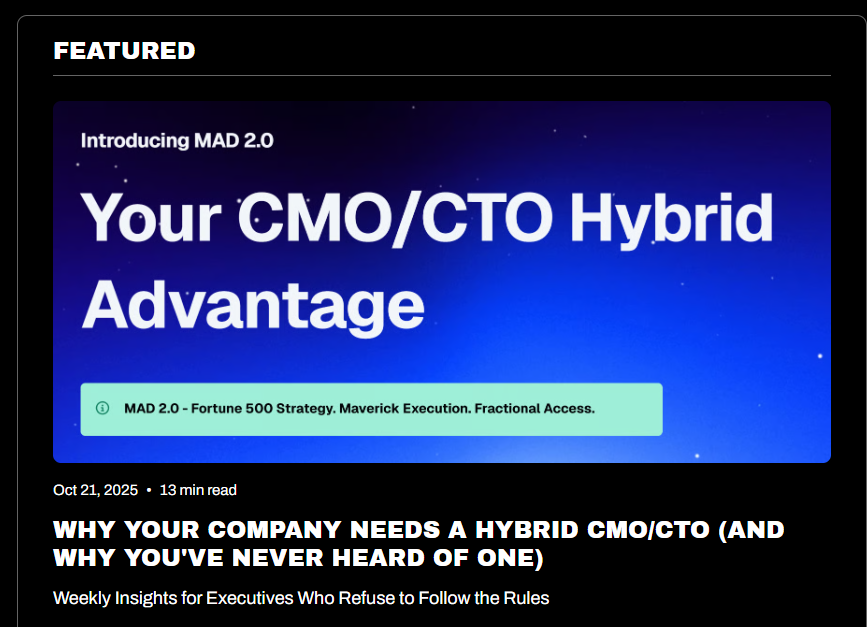


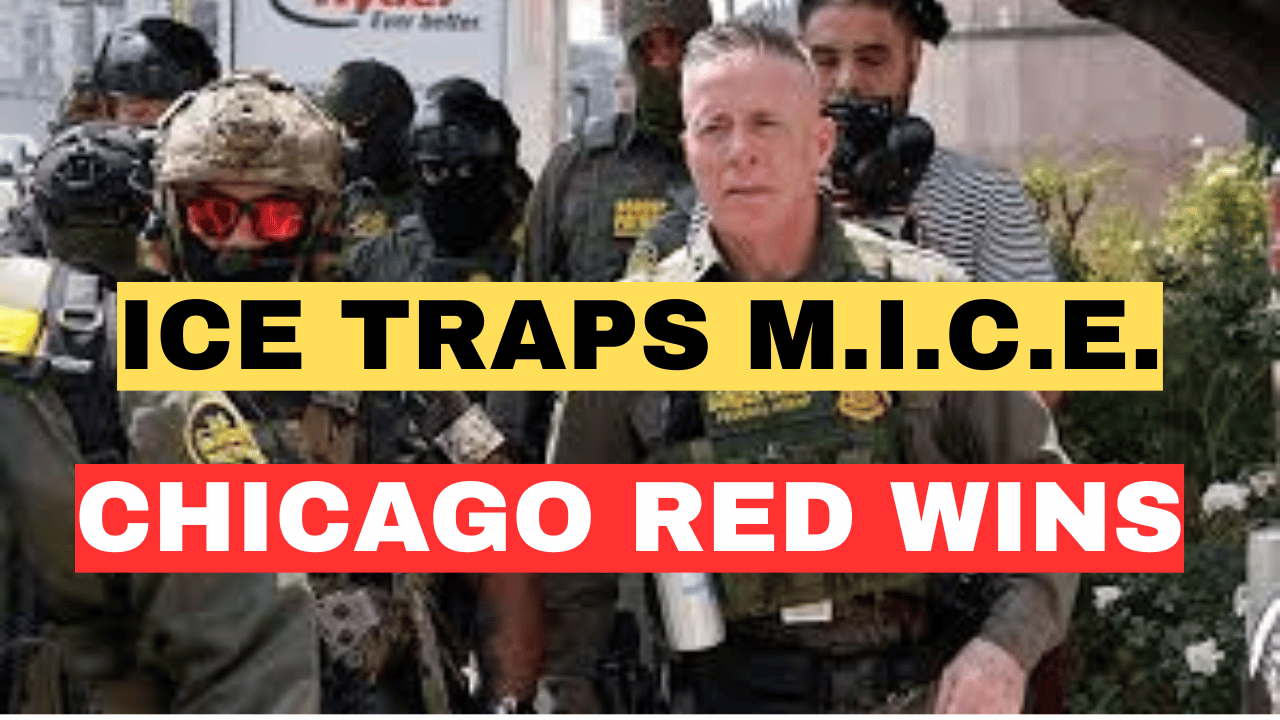

.jpg)


.jpg)
.jpg)

.jpg)


.webp)

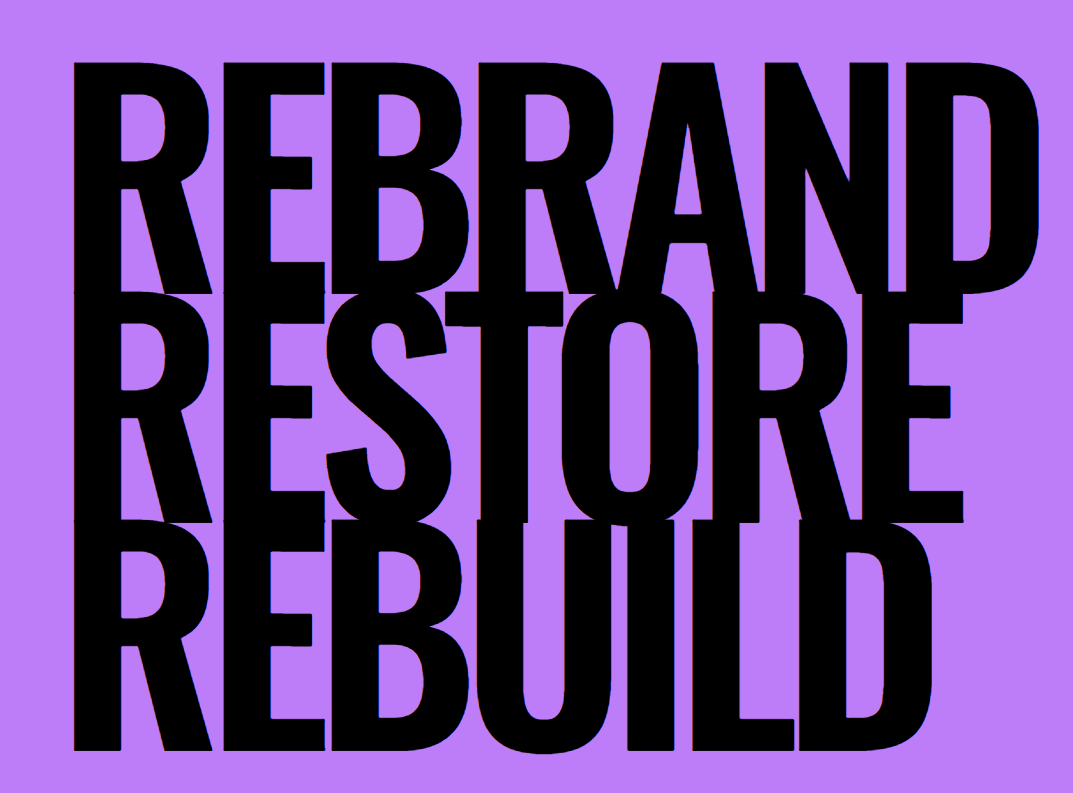



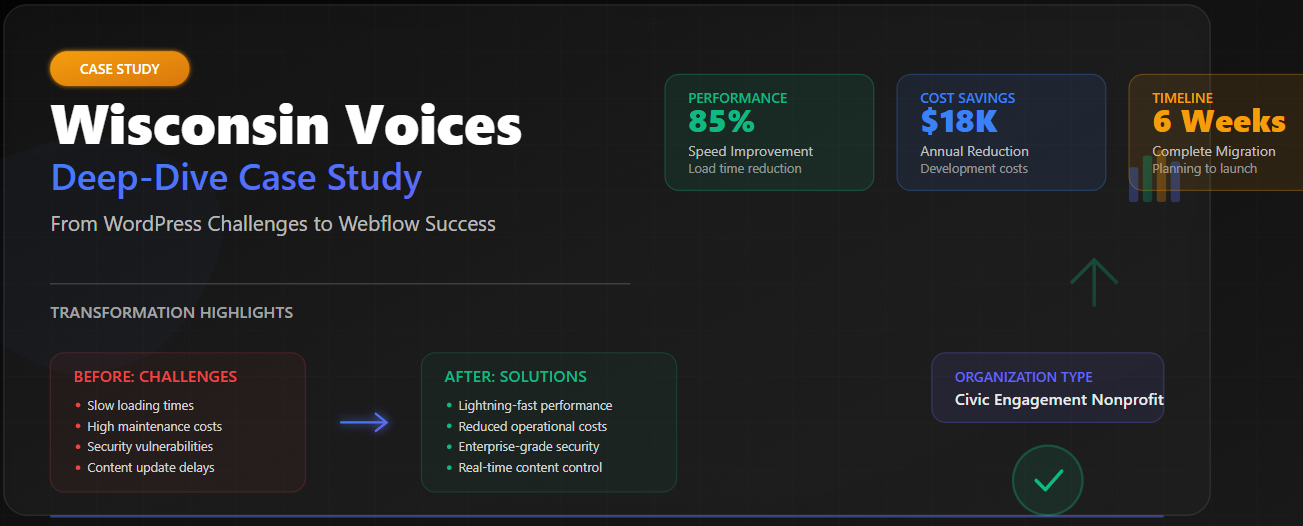













.png)

.png)





.png)





.png)




























.png)








